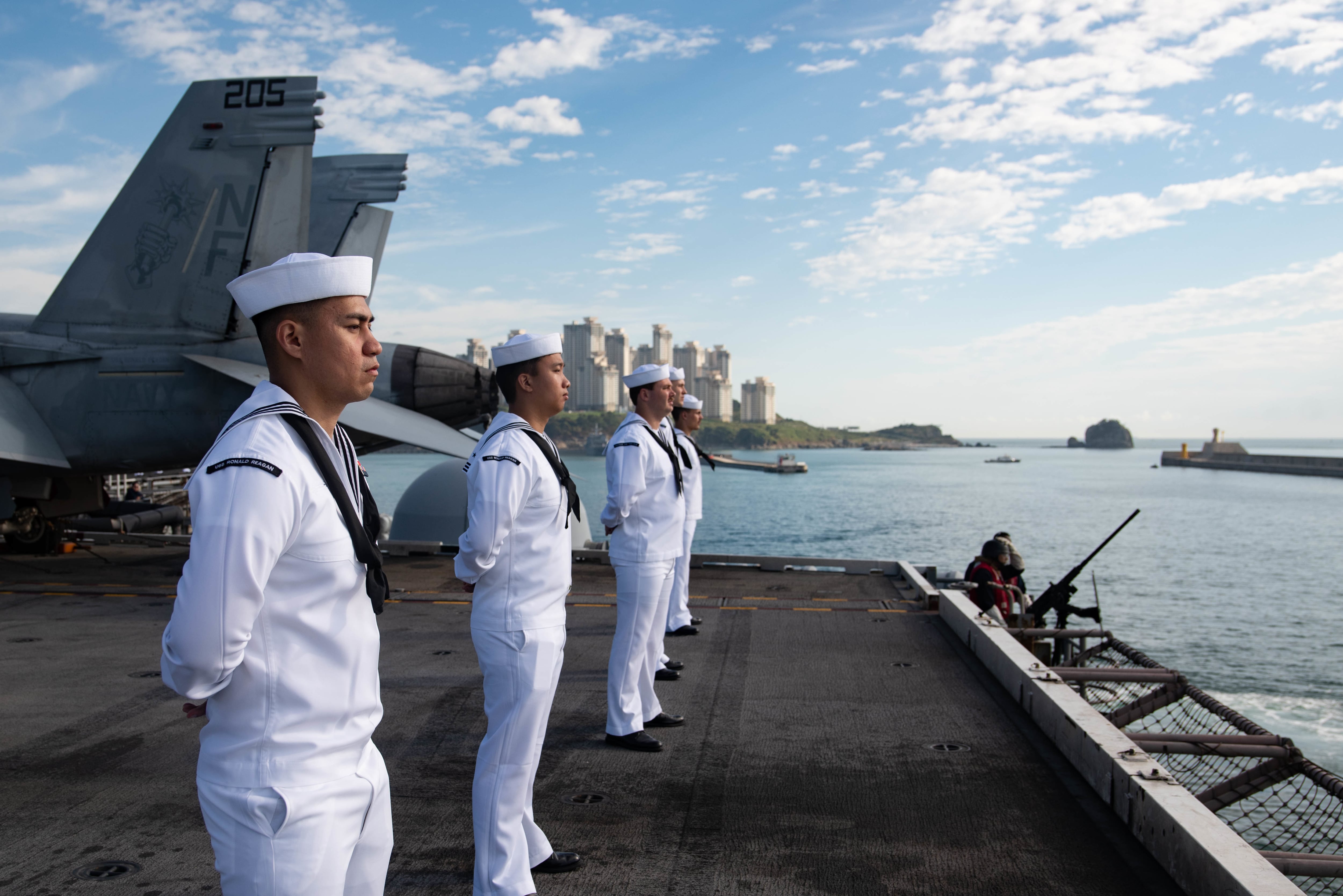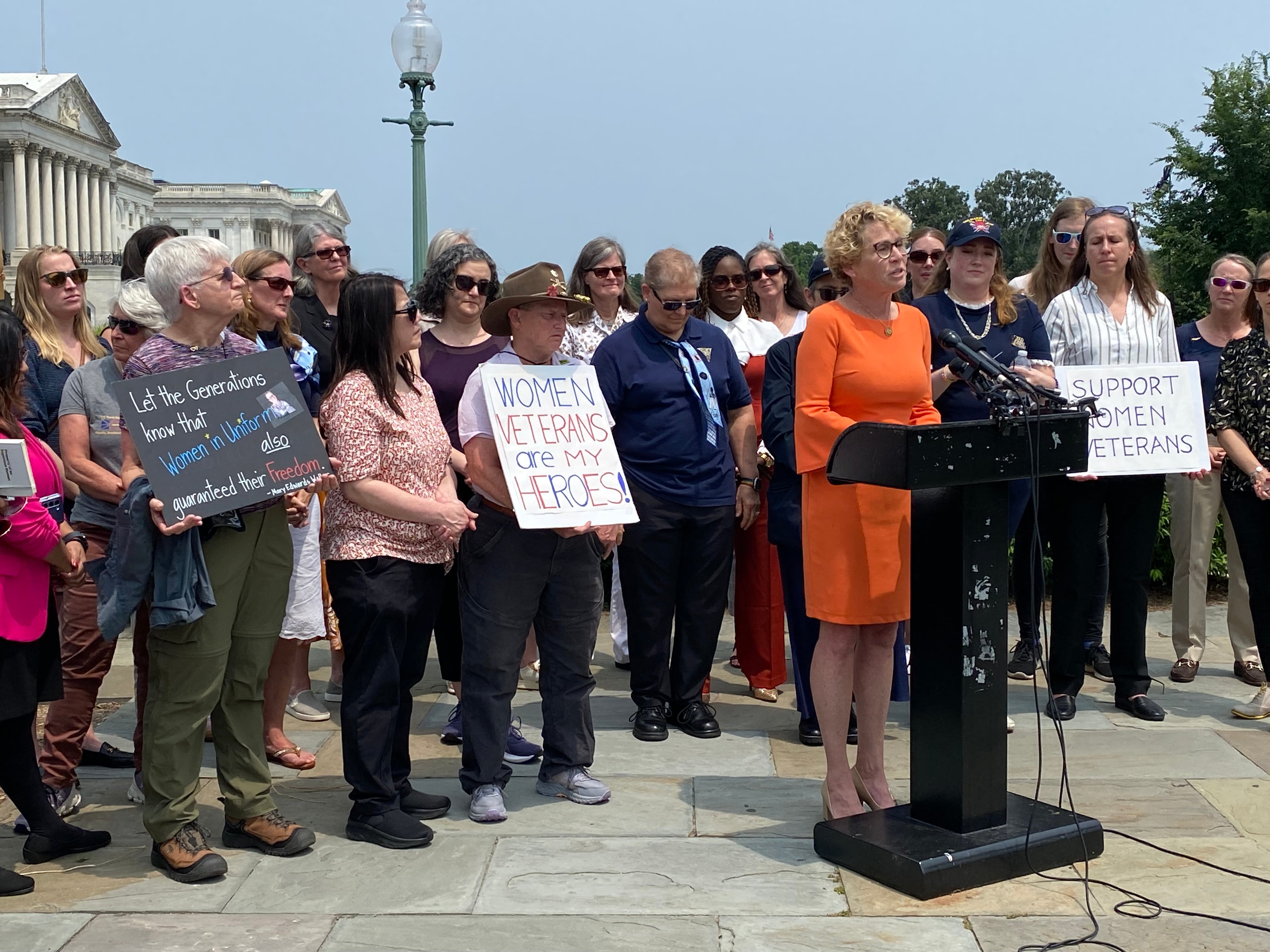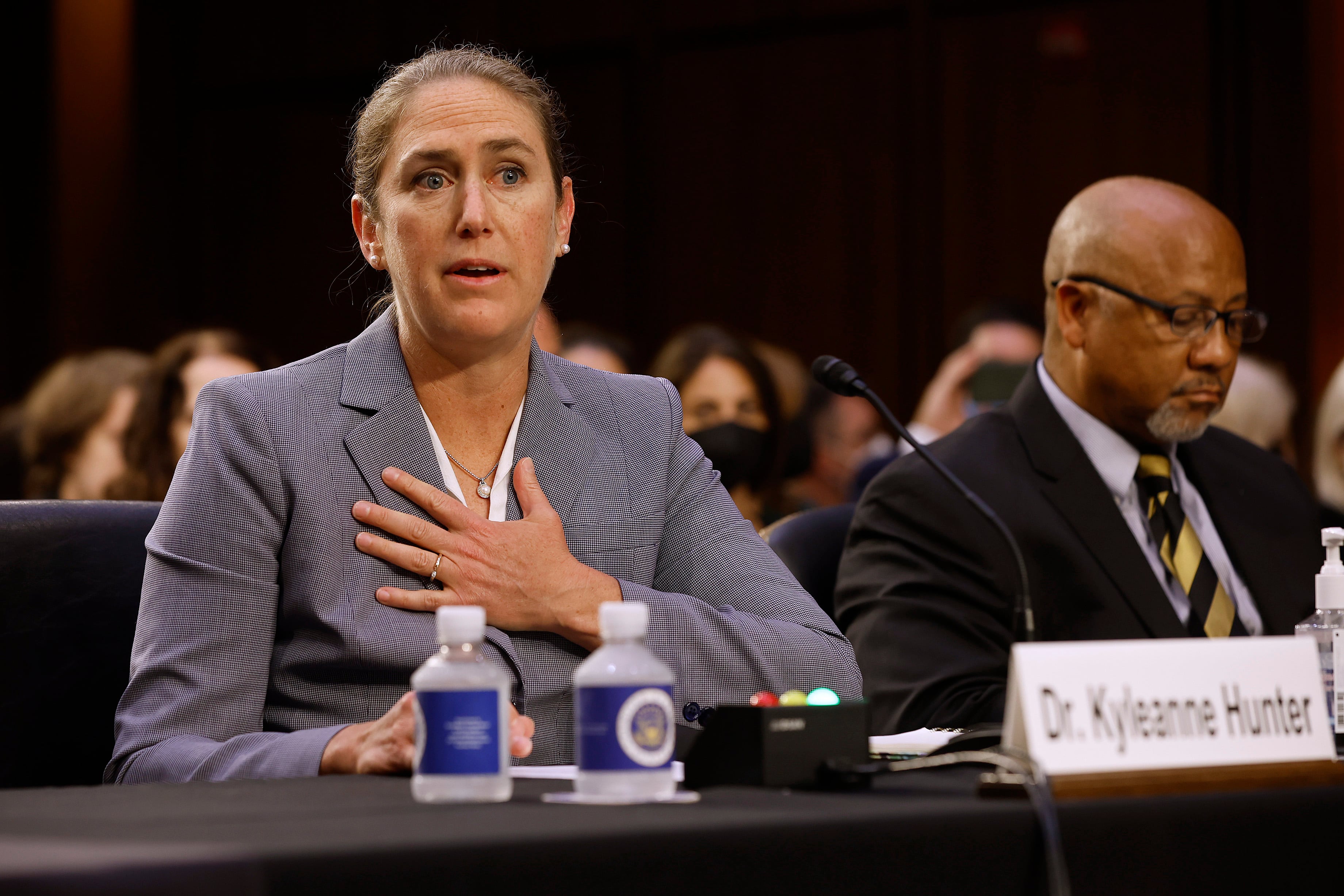The Navy surpassed its retention goals for FY22 and is currently ahead on retention goals this fiscal year, amid the well-publicized challenges to recruiting service members across all the services.
“The Navy understands we are in a challenging recruiting environment and we are taking every opportunity to allow future Sailors to join or current Sailors to continue their service,” Lt. Rachel Maul, a Chief of Naval Personnel spokeswoman, said in an email to Navy Times.
Navy Personnel Command said the Navy retained 107% of Zone A sailors — those with up to six years of service — in FY22. The service kept a total of 18,886 Zone A sailors — up from the 17,523 target.
For Zone B, those with six to 10 years of service, the Navy reached a 106% retention rate, surpassing the 7,751 target and keeping 8,217 sailors. The Navy also retained 109 percent of Zone C sailors, those with between 10 and 14 years of service. The Navy kept 5,724 Zone C sailors, up from the 5,247 target.
The Navy is also ahead on FY23 monthly retention targets, retaining 23% more than its target numbers for Zone A sailors, 2% more for Zone B, and 5% more for Zone C.
USNI News was the first to report on the retention numbers.
The Navy has ushered in several initiatives in recent months aimed at improving retention and recruiting, including suspending enlisted high-year tenure for two years to permit sailors who surpassed their high-year tenure threshold to remain in the service.
Plus, the Navy kicked off a pilot program in December allowing sailors who scored lower on the Armed Forces Qualification Test as part of the Armed Services Vocational Aptitude Battery to still join the service. The change means prospective sailors who score between the 10th and 30th percentile on the AFQT can still join the Navy as long as their ASVAB individual line scores are high enough to qualify for a Navy rating.
“The change means that prospective Sailors who have high enough ASVAB line scores to qualify for a Navy rating will not be held back by a low AFQT score, which can vary relative to how their peers did on the test,” said Navy Recruiting Command spokesman Cmdr. David Benham in an email to Navy Times.
Likewise, the service raised the maximum enlistment age to 41 — up from 39 — in November.
“We’ve got to continue to be efficient,” Secretary of the Navy Carlos Del Toro told Defense News, a sister publication, while on travel Dec. 8. “We’ve got to continue to provide incentives for our sailors to want to serve at sea, for example, motivate them. Not just from a financial perspective, but from a mission perspective and reward them in terms of promotions and things of that nature.”
The service surpassed its retention goals in fiscal 2021 and met its active duty enlisted recruitment goals in fiscal 2022. But it failed to meet recruitment target numbers for active duty and reserve officers, as well as reserve enlisted personnel.





